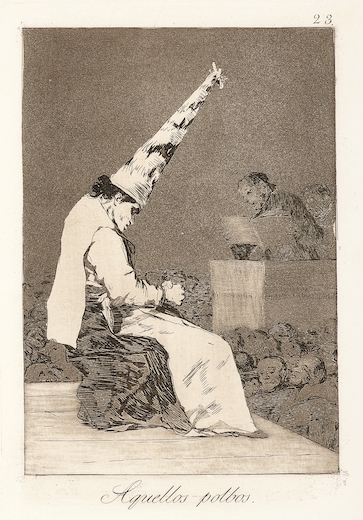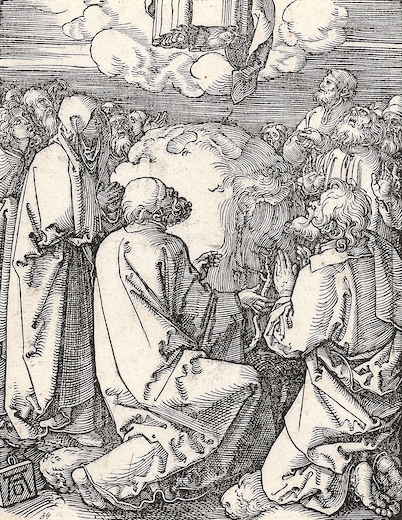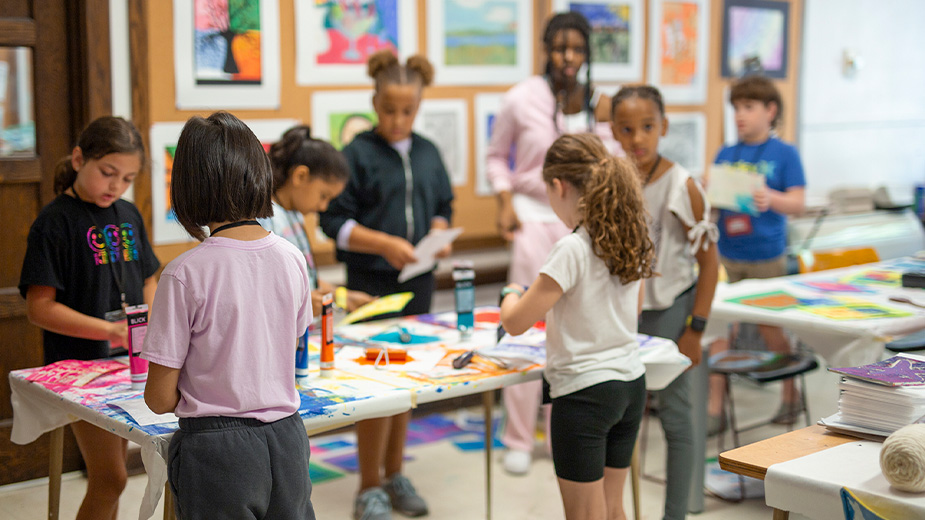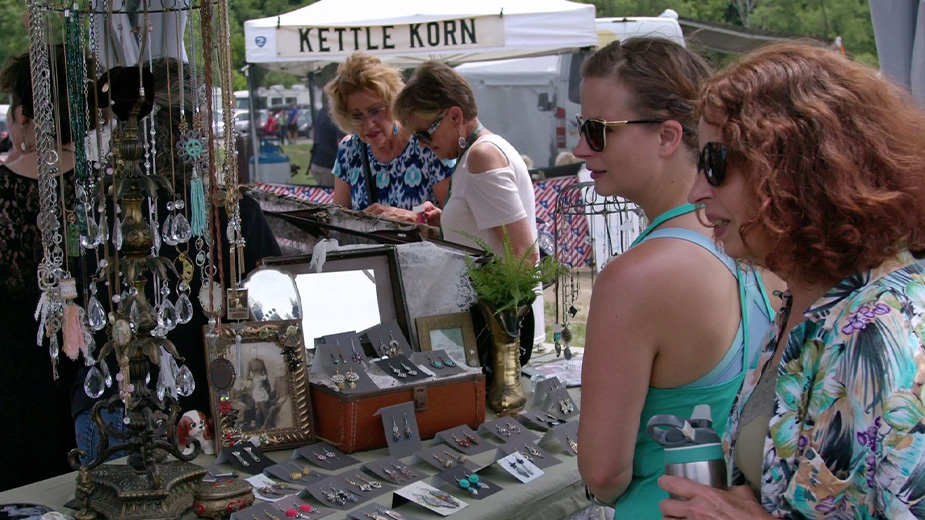Rembrandt, Goya, Durër: The Butler to Display Works by 3 Old Masters
YOUNGSTOWN, Ohio – An exhibition coming to The Butler Institute of American Art will give area residents the rare opportunity to see works by Rembrandt, Goya and Durër – and in the same room.
“The Marvel of Old Masters,” an assemblage of 62 prints by the three European master artists, will open Sunday in the Mesaros Galleries and run through Aug. 4.
The prints were made from engravings, etchings and woodcuts, and the process of aquatint process, by three of the art world’s greatest masters of these mediums. The pieces are on loan from the Park West Museum in Southfield, Mich.
Louis A. Zona, executive director and chief curator of The Butler, said he jumped at the offer to exhibit the pieces.

“Those are three magic names,” he said, referring to Albrecht Durër (1471-1528), Rembrandt Harmenszoon van Rijn (1606-1669) and Francisco de Goya (1746-1828).
The show includes 33 works by Goya, and the rest split between Durër and Rembrandt. Most of the pieces are small in size, with many roughly 7 inches by 4 inches.
“One might refer to Rembrandt, Goy and Durër as artistic royalty,” Zona wrote in an essay in a book that accompanies the exhibition. “Their prints featured in this special exhibition are every bit as telling of their talent as the better-known canvases and panel paintings.”
The prints have been a tremendous source of inspiration for American artists from the earliest days, according to Zona.
“[They] were more useful as educational tools than the much larger works of these artistic giants,” he wrote. “These small but mighty works on paper are every bit as informative aesthetically of the skill level and creative power of their larger works.”

Zona will give a talk on the Old Masters at some point during the run of “The Marvel of Old Masters.”
The pieces in the exhibition have a dark, even ominous, quality. Some have elements that are grotesque, mysterious or unsettling.
More than a dozen of the Goya works critique the social culture of 18th-century Spain. Some depict the horrors of the battlefield, brought on by Napoleon’s invasion and occupation of Spain in the early 1800s.
The exhibition also includes eight etchings of Biblical scenes by Rembrandt, and five woodcuts of Biblical scenes by Durër.
Pictured at top: “Self-portrait in a Velvet Cap with Plume,” by Rembrandt (1636), a print made from an etching.
Copyright 2024 The Business Journal, Youngstown, Ohio.



